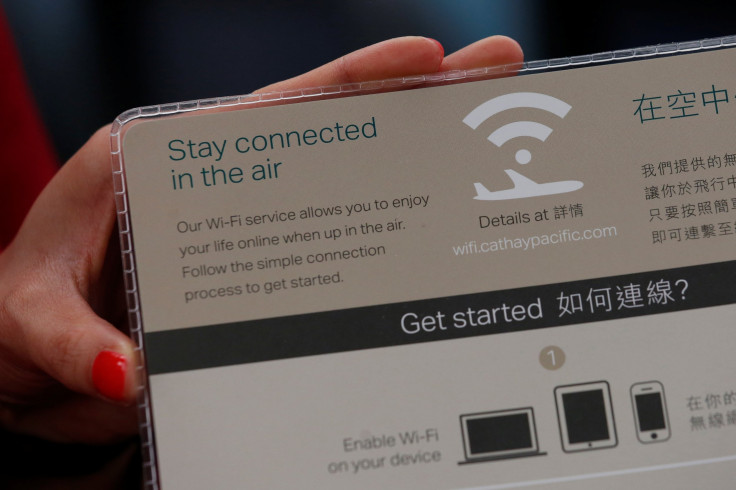Slow Wi-Fi Speeds? Placing Aluminum Foil On Router Can Help, Study Says

Are you suffering from slow Wi-Fi speeds but don’t want to shell out money for a more expensive plan? The solution might be easier than you think.
Dartmouth University has found an easy solution for boosting Wi-Fi speeds — a 3D printed shape covered in aluminum foil can improve both range and security of a Wi-Fi network. According to a news release on Eureka Alert on Wednesday, these 3D "reflectors" can optimize Wi-Fi coverage.
The researchers presented their findings at the ACM Buildsys technology event in the Netherlands on Wednesday.
According to Xia Zhou, assistant professor of computer science at Dartmouth and one of the lead researchers on the project, the simple solution could help resolve many issues with Wi-Fi networks.
"Through this single solution, we address a number of challenges that plague wireless users. Not only do we strengthen wireless signals, we make those same signals more secure," he told Eureka Alert.
Wrapping a foil around the antennae of a router can make for reflectors, which can strengthen signal in one direction. The researchers have created computationally optimized system reflectors which are available for $35. It is made of plastic and a thin layer of metal and redirects signals in desired directions. The reflector can easily be wrapped around the antennae of a router, even by non-expert users as showcased in a video below:
How the mechanism works is by using the simple tool, it can actually shape wireless signals and increase efficiency of network coverage. Users can also shape signals so that they move freely and avoid obstacles such as walls and large objects.
Not only that, using this solution will make it difficult for hackers to hack into your router since it will confine the Wi-Fi signal to a limited area.
"With a simple investment of about $35 and specifying coverage requirements, a wireless reflector can be custom-built to outperform antennae that cost thousands of dollars," Zhou told Eurekalert.
Wi-Fi routers are mostly deployed indoors in an office or a home and usually the signals have to go through a range of obstacles and therefore become weak. If these signals can be controlled better and become more focused, they can be stronger over a smaller, limited area as opposed to weaker over a large area.
A customized shape for any router can be created within just 23 minutes using a 3D printer. Researchers have found that the reflectors can boost the signal by 6 decibels in areas it is desired and reduce it by 10 decibels in areas the user wishes to restrain the network in.
Currently, many people use Wi-Fi boosters to boost signals, but these are pretty expensive compared to the do it yourself (DIY) solution.
© Copyright IBTimes 2024. All rights reserved.











